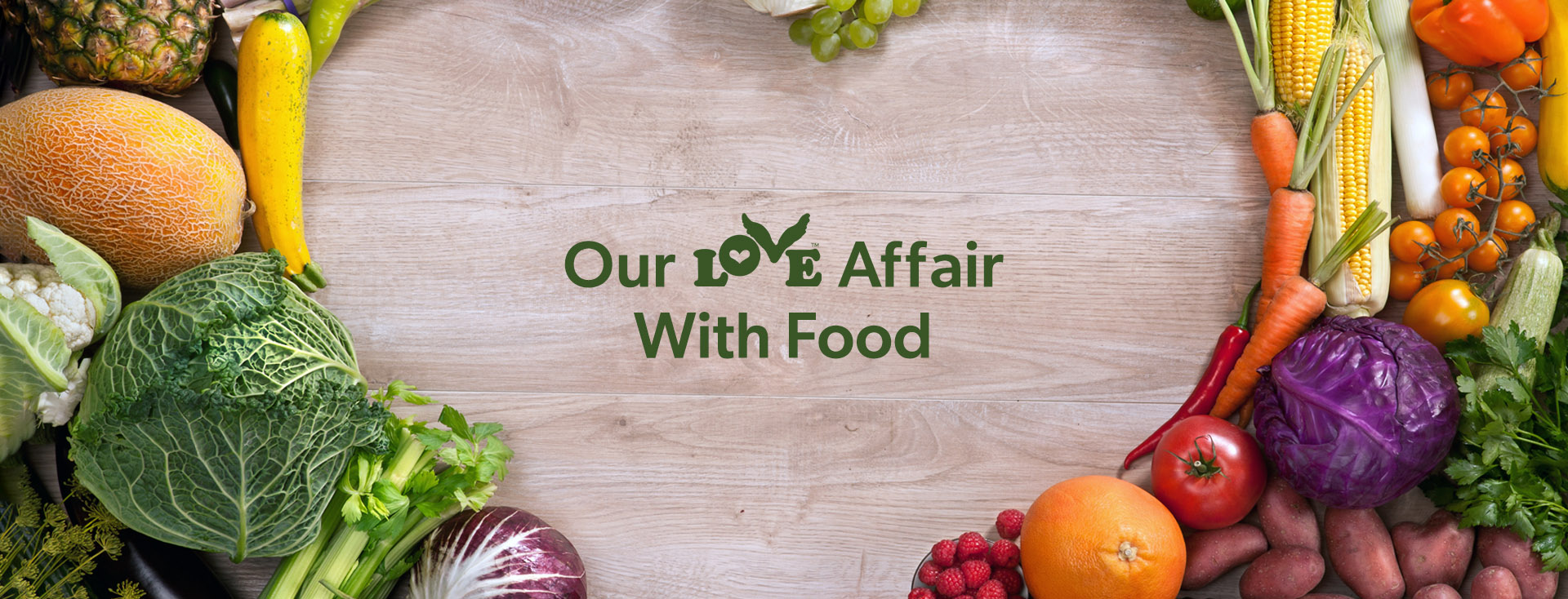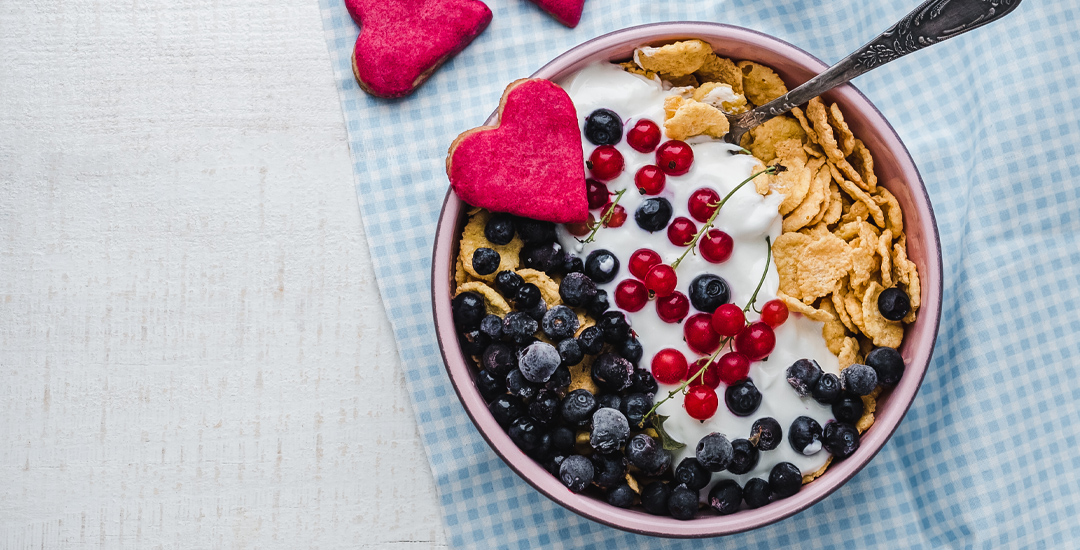
Why we love certain foods and dislike others
Everyone loves food, but not all the same kinds. What makes one person exclaim, “I love that” when looking at a particular food, while another frowns in disgust? Our personal food preferences are as unique to each of us as our fingerprint, and those differences have a lot to do with more than just our taste buds.
Mother Matters
Research shows that our personal tastes begin to develop even before we’re born. While still in the womb, flavors from foods our mothers eat during pregnancy pass through to us, and we become acclimated to them. The same thing happens after birth as we become introduced to chemical compounds in our mothers’ diets through breastfeeding. One study found that pregnant and breastfeeding women who drank carrot juice induced a stronger desire for carrot-flavored cereal in their babies when compared to those whose mothers didn’t drink carrot juice.1 It’s also been found that women who experience severe morning sickness with vomiting, which results in sodium loss, often have babies with a higher preference for salty foods.2
Genetic Influences
Genetics has much to do with our taste preferences, too. We’re not all born with the same number of taste buds on our tongues. How many taste buds we have and the distribution between those that perceive sweet, sour, bitter, salty, and savory will determine how we experience the taste of any food. About 25% of people are born with a very high number of taste buds and are informally classified as “supertasters“.3 These people can experience food three times more intensely than the rest of us. Naturally, these people would consider certain foods too overpowering when compared to others with fewer taste buds who don’t perceive the same foods as so intense.
While there is only one receptor gene that detects sweetness, which we all have, there are over 25 that detect bitterness, and they vary by person. So how deeply we can sense the bitter flavor will depend on the combination of bitter receptor genes that we have.

The Nose Knows
There is a difference between taste and flavor. The tongue can only perceive the five basic tastes that are sweet, sour, bitter, salty, and savory, sometimes referred to as “umami”. In order for us to identify something that tastes sweet as the flavor “raspberry”, the sense of smell has to detect certain chemical compounds and send those signals to the brain. Equally, taste receptors elsewhere in the mouth and throat pick up the warmth of mint or sting of hot peppers to round out what we experience as different flavors. About 50% of people between 65 and 80 experience a significant loss of smell and as a result their experience of food changes, too.4
Food & Love
While science has revealed why the flavors of specific foods appeal to us, it has yet to explain why we like or dislike certain food textures. Perhaps some textures bring to mind unpleasant images and we imagine ourselves eating those things and not the food itself. We do know that the reactions of family and friends to any food can impact or perception of it, and that we will naturally have an aversion to any food that once made us sick.
Regardless of our personal tastes or the foods we eat, the important point is to enjoy them. And what better way to enjoy the foods we love than to share them with the people we love. Food is a very popular way to show others we love them, so when was the last time you surprised someone you care about with a surprise dinner of their favorite foods?
SOURCES
1Mennella, J. A., & Daniels, L. M. (2017). Learning to like vegetables during breastfeeding: A randomized clinical trial of lactating mothers and infants. The American Journal of Clinical Nutrition, 106(1), 67-76. doi:10.3945/ajcn.116.143982.
2Crystal, S. R., & Bernstein, I. L. (1995). Morning sickness: Impact on offspring salt preference. Appetite, 25(3), 231-240. doi:10.1006/appe.1995.0058.
3Prescott, J., & Ripandelli, N. (2001). Binary taste mixture interactions in PROP non-tasters, medium-tasters and super-tasters. Chemical Senses, 26(8), 993-1003. doi:10.1093/chemse/26.8.993.
4Seow, Y., & Ong, P. K. (2016). Odor-specific loss of smell sensitivity with age as revealed by the specific sensitivity test. Chemical Senses, 41(6), 487-495. doi:10.1093/chemse/bjw051.
JOIN THE MOVEMENT
Subscribe to our newsletter and receive inspirational stories delivered to your inbox that spread love, updates on our movement, and notifications on upcoming deals & events.




